Identify the organ systems and state their functions in human: digestive, respiratory, circulatory, skeletal and muscular.
Investigate the variables that affect shadows formed and communicate findings: shape, size and position of object(s); distance between light source-object and object-screen.
List some common sources of heat.
Differentiate between heat and temperature: heat is a form of energy, temperature is a measurement of the degree of hotness of an object.
Show an understanding that heat flows from a hotter to a colder object/region/place until both reach the same temperature.
Relate the change in temperature of an object to the gain or loss of heat by the object.
Identify good (ie. Metals) and poor conductors (ie. Wood, plastic, air) of heat.
List some effects of heat gain/loss in our everyday life: contraction / expansion of objects (solid, liquid and gas) and change in state of matter.
Measure temperature using a thermometer and a datalogger with temperature/heat sensors.
Identify the organs in the human digestive system and describe their functions: mouth, gullet, stomach, small intestine and large intestine.
Recognise that a magnet can exert a push or a pull.
Show curiosity in exploring uses of magnets in everyday life and question what they find.
Identify the characteristics of magnets: magnets can be made of iron or steel. Magnets have two poles. A freely suspended bar magnet comes to rest pointing in a North-South direction. Unlike poles attract and like poles repel. Magnets attract magnetic materials
List some uses of magnets in everyday objects.
Observe plant parts.
Identify the different parts of plants and state their functions: leaf, root, stem.
Show concern by being responsible towards plants.
Recognise that water can exist in three interchangeable states of matter.
State the melting point of ice (or freezing point of water) and boiling point of water.
Recognise the changes in states of water in the water cycle.
Recognise the importance of the water cycle.
Compare water in 3 states.
State the processes in the sexual reproduction of flowering plants: pollination, fertilisation (seed production), seed dispersal, germination.
State the process of fertilisation in the sexual reproduction of humans.
Observe and compare the various ways in which plants reproduce and communicate findings.
Recognise that an electric circuit consisting of an energy source (battery) and other circuit components (wire, bulb, switch) forms an electrical system.
State that a current can only flow in a closed circuit.
Identify electrical conductors and insulators.
Construct simple circuits from circuit diagrams.
Show objectivity by using data and information to validate observations and explanations about photosynthesis.
Recognise that the Sun is our primary source of energy (light and heat).
Recognise that air is a mixture of gases such as nitrogen, carbon dioxide, oxygen and water vapour.
Identify the organs of the human respiratory and circulatory systems and state their functions.
Compare how plants and humans take in oxygen and give out carbon dioxide.
Identify a force as a push or a pull.
Recognise and give examples of the different types of forces: magnetic force, gravitational force, elastic spring force, frictional force.
State the effects of a force: A force can move a stationary object. A force can speed up, slow down or change the direction of motion. A force can stop a moving object. A force may change the shape of an object.
State that matter is anything that has mass and occupies space.
Recognise that objects have weight because of the gravitational force acting on the object.
Identify the factors that affect the survival of an organism: physical characteristics of the environment (temperature, light, water), availability of food and types of other organisms present (producers, consumers, decomposers).
Recognise that different habitats support different organisms (garden, field, pond, seashore, tree, mangrove swamp).
Recognise that adaptations serve to enhance survival and can be structural or behavioural: Cope with physical factors, obtain food, escape predators and reproduce by finding and attracting mates or dispersing seeds/fruits.
Recognise how water is transported from the roots to other parts of the plant and how food is transported from the leaves to other parts of the plant.
Observe and recognise the functions of plant parts and communicate findings leaf, stem, root.
Differentiate between the three states of matter in terms of shape and volume: solid, liquid, gas.
Show curiosity in exploring matter in the surroundings and question what they find.
Show an understanding that different living things have different life cycles.
Observe and compare the life cycles of plants grown from seeds over a period of time.
Describe the characteristics of living things: They need water, food and air to survive. They Grow, respond and reproduce.
Recognise some broad groups of living things: plants, animals, fungi, bacteria.
Observe a variety of living and non-living things and infer differences between them
Classify living things into broad groups (in plants and animals) based on similarities and differences of common observable characteristics.
Relate the use of various types of materials to their physical properties (ceramic, fabric, glass, metal, plastics, rubber, wood).
Compare physical properties of materials based on strength, flexibility, being waterproof, transparency and ability to float/sink in water
Recognise that an object can be seen when it reflects light or when it is a source of light.
Recognise that a shadow is formed when light is completely or partially blocked by an object.
Measure mass and volume using appropriate apparatus (solid, liquid and gas).
Show curiosity in exploring the surrounding plants and animals and question what they find.
Show concern by being responsible towards plants and animals such as their own pets.
Value individual effort and team work.
Show curiosity in exploring the surrounding living and non-living things by asking questions.
Value individual effort and team work by respecting different perspectives.
Show curiosity in exploring the surrounding plants and question what they find.
Make a magnet by the 'Stroke' method and the electrical method.
Show curiosity in exploring their own body and questioning about the structures or functions of the body.
Show objectivity by using data and information to validate observations and explanations about the properties and uses of materials.
Show objectivity by using data and information to validate observations and explanations about light.
Show objectivity by seeking data and information to validate observations and explanations about heat.
State how water changes from one state to another: melting, evaporation/boiling, condensation, freezing.
Show concern for water as a limited natural resource and the need for water conservation.
Show curiosity in exploring the surrounding plants and animals by asking questions.
Investigate the effect of some variables on the current in a circuit and communicate findings.
Show concern for the need to conserve and to have proper use and handling of electricity.
Investigate the requirements (water, light energy and carbon dioxide) for photosynthesis (production of sugar and oxygen) and communicate findings.
Show objectivity by seeking data and information to validate observations and explanations about their body.
Show objectivity by using data and information to validate observations and explanations about forces.
Investigate the effect of friction on the motion of objects and communicate findings.
Show objectivity by seeking data and information to validate observations and explanations about plant parts and functions.
Identify the different parts of a typical plant cell and animal cell and relate the parts to the functions.
Compare a typical plant and animal cell.
Show curiosity in exploring the microscopic world and questioning what they find.
Show an understanding that a cell is a basic unit of life.
Show an understanding of how water changes from one state to another: Melting (solid to liquid), Evaporation/Boiling (liquid to gas), Condensation (gas to liquid), Freezing (liquid to solid).
Show an understanding of the terms melting point of ice (or freezing point of water) and boiling point of water.
Recognise the importance of water to life processes.
Describe the impact of water pollution on Earth's water resources.
Investigate the effect of heat gain or loss on the temperature and state of water and communicate findings.
Investigate the factors which affect the rate of evaporation and communicate findings; wind, temperature, exposed surface area.
Show an understanding that living things reproduce to ensure continuity of their kind and that many characteristics of an organism are passed on from parents to offspring.
Recognise processes in the sexual reproduction of flowering plants: pollination, fertilisation (seed production), seed dispersal, germination.
Investigate the various ways in which plants reproduce and communicate findings.
Identify the parts of the plant transport system and describe their functions.
Investigate the functions of plant parts and communicate findings.
Compare the ways in which substances are transported within plants and humans. Plants: tubes that transport food and water. Humans: blood vessels that transport digested food, oxygen and carbon dioxide.
Identify the organs of the human respiratory and circulatory systems and describe their functions.
Recognise the integration of the different systems (digestive, respiratory and circulatory) in carrying out life processes.
Investigate energy conversion from one form to another and communicate findings.
Show concern for the need to conserve energy usage in our everyday life.
Recognise and give examples of the various forms of energy.
Recognise that energy from most of our energy resources is derived in some ways from the Sun.
Show an understanding that a current can only flow in a closed circuit.
Trace the energy pathway from the Sun through living things and identify the roles of various organisms (producers, predators, prey) in a food chain.
Give examples of man's impact, (both positive and negative) on the environment.
Show an understanding of the roles of evaporation and condensation in the water cycle.
Recognise the process of fertilisation in the sexual reproduction of humans.
State that living things need energy to carry out life processes.
Differentiate the ways in which plants and animals obtain energy.
Compare how plants, fish and humans take in oxygen and give out carbon dioxide.
Show an understanding of the effects of a force: A force can move a stationary object. A force can speed up, slow down or change the direction of motion. A force can stop a moving object. A force may change the shape of an object.
Investigate the effects of forces on springs and communicate findings.
Identify the factors that affect the survival of an organism: physical characteristics of the environment (temperature, light, water), availability of food, types of other organisms present (producers, consumers, decomposers).
Observe, collect and record information regarding the interacting factors within an environment.
Discuss the effect on organisms when the environment becomes unfavourable (organisms adapt and survive; move to other places or die).
Trace the energy pathway from the Sun through living things and identify the roles of various organisms (producers, consumers, predators, prey) in a food chain and a food web.
Differentiate among the terms organism, population and community.
Show an understanding that different habitats support different communities (garden, field, pond, seashore, tree, mangrove swamp).
Recognise that adaptations serve to enhance survival and can be structural or behavioural
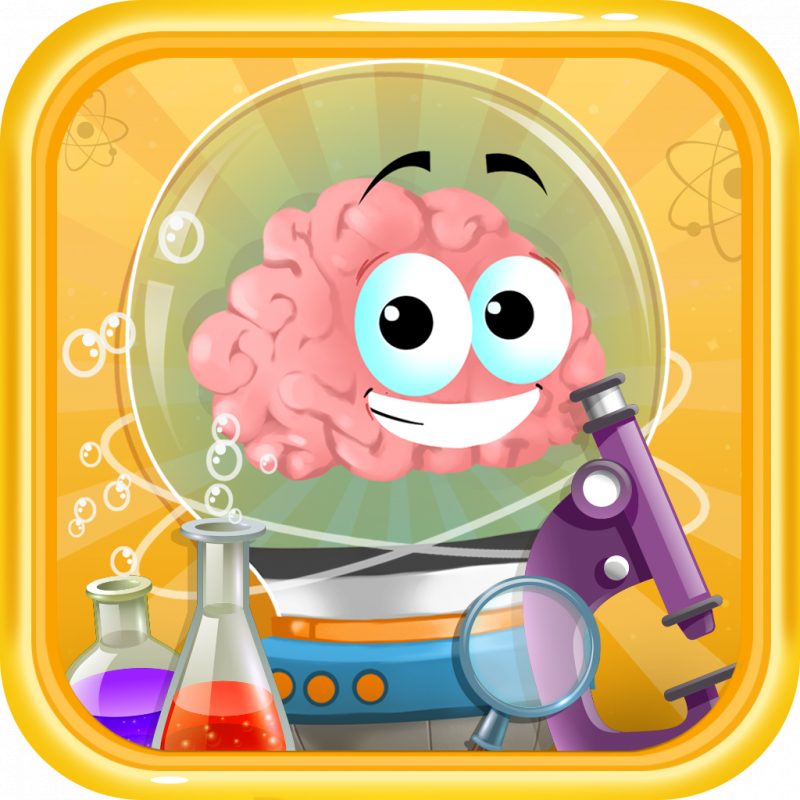


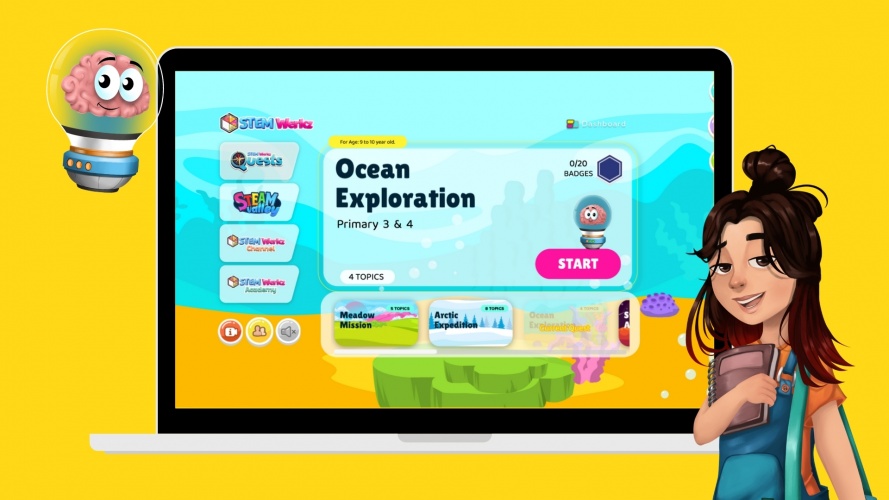
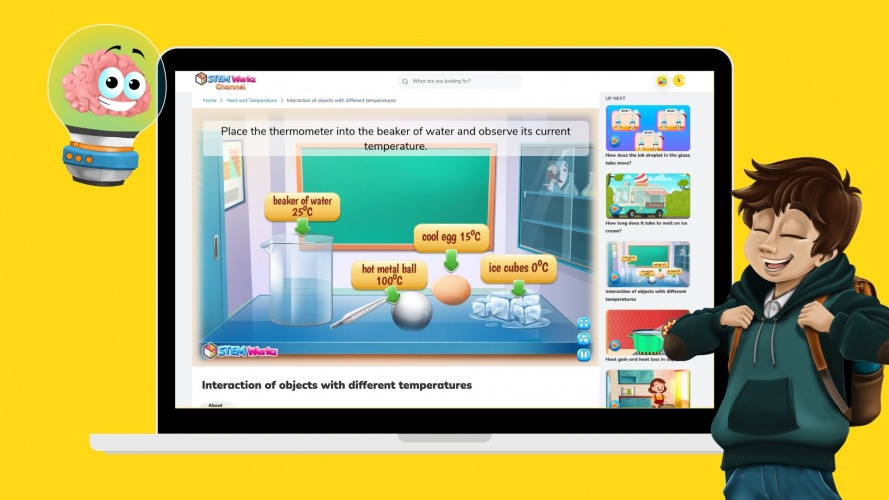
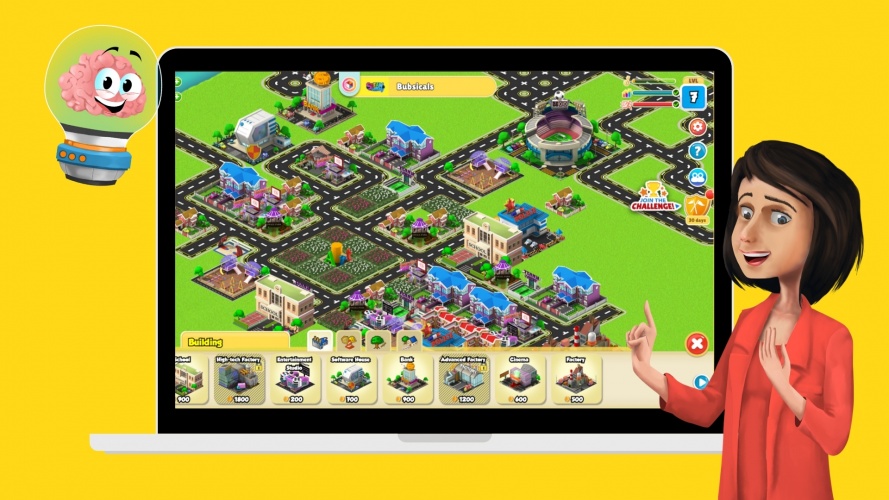
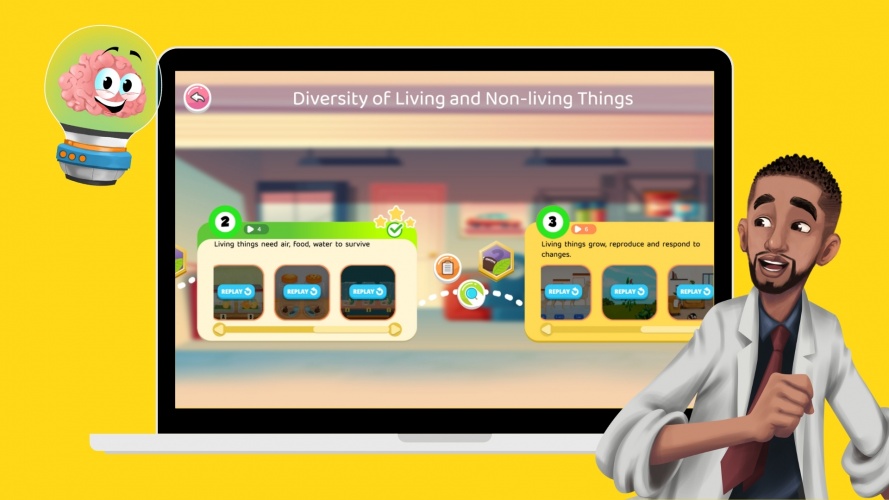
User reviews for STEMWerkz
You need to log in to post a review.